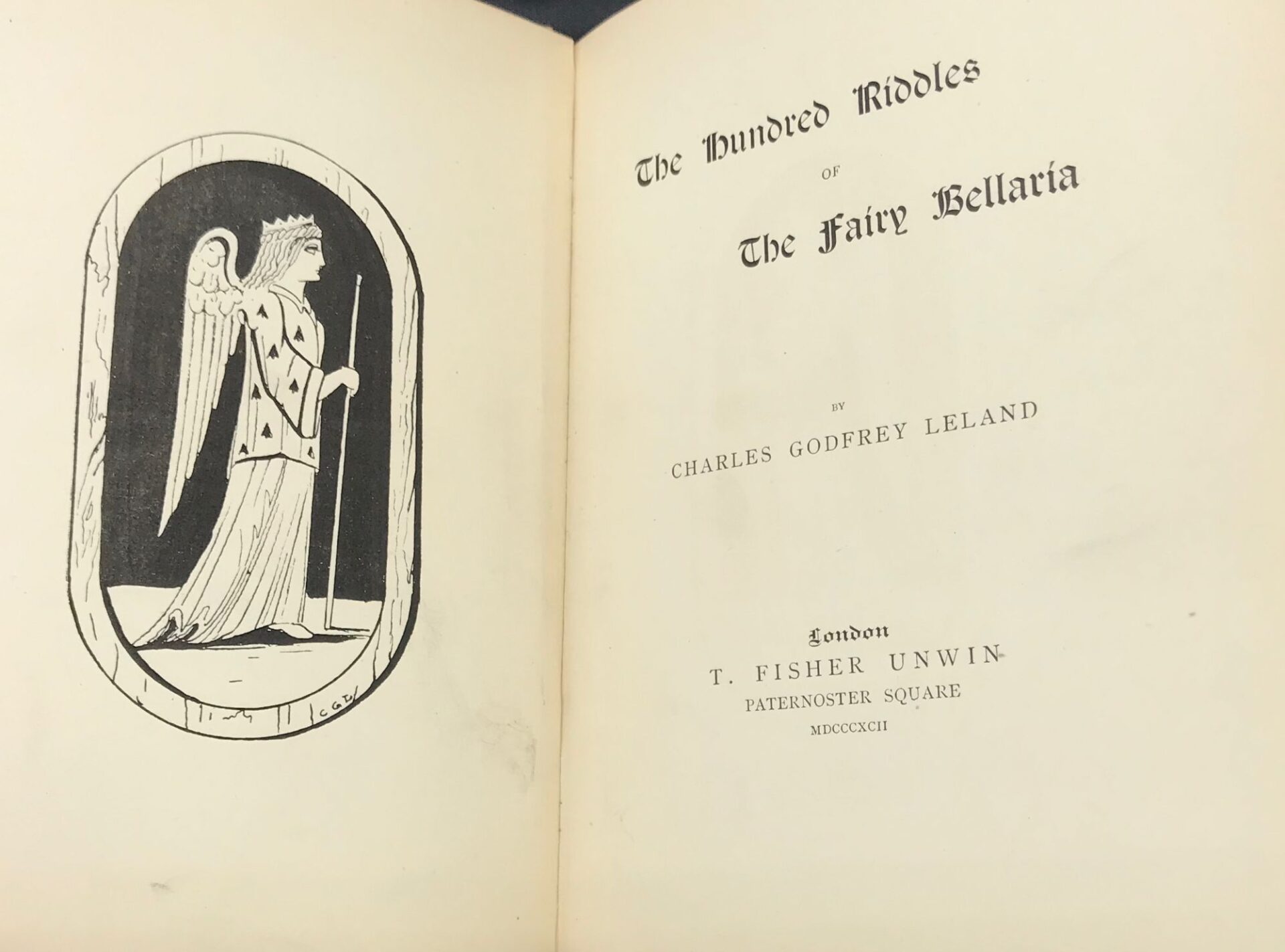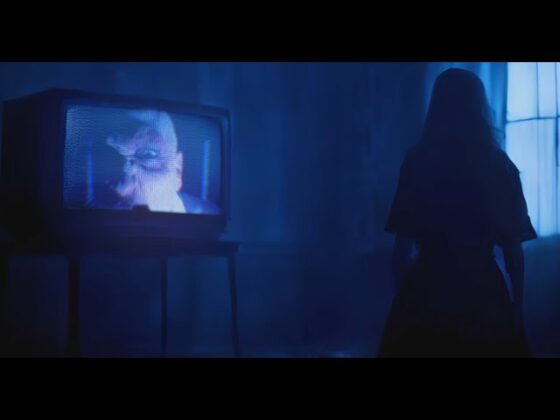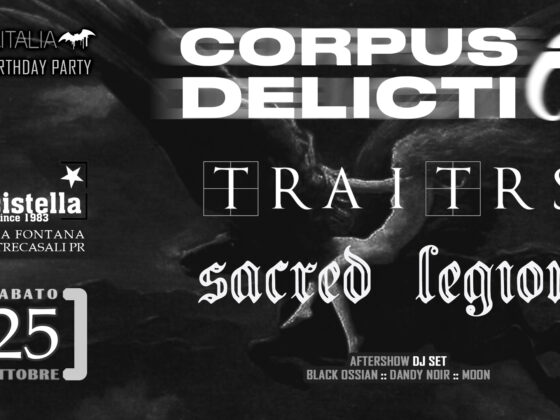JUMP TO ENGLISH VERSION
Oggi parleremo di Charles Godfrey Leland, uno studioso/eroe molto importante, uno scrittore che ha influenzato lo sviluppo della Wicca e del paganesimo moderno, l’uomo che ha dato vita al Vangelo delle Streghe.
Charles Godfrey Leland era molte cose: era un umorista, poeta, traduttore, scrittore e folklorista americano nato a Philadelphia nel 1824. Studiò all’Università di Princeton e, dopo il college, andò in Europa per continuare i suoi studi, prima in Germania e poi all’Università di La Sorbona di Parigi.
Era originario del Vecchio Continente, per questo motivo visse soprattutto in Italia e in Germania dopo il 1884.
Durante gli studi si dedicò a lingue, giurisprudenza e coltivò una varietà di altri interessi, tra cui l’ermetismo, il neoplatonismo e gli scritti di Rabelais e Villon.
Leland è stato un pioniere dell’educazione artistica e del design, diventando un’importante influenza del movimento Arts and Crafts.
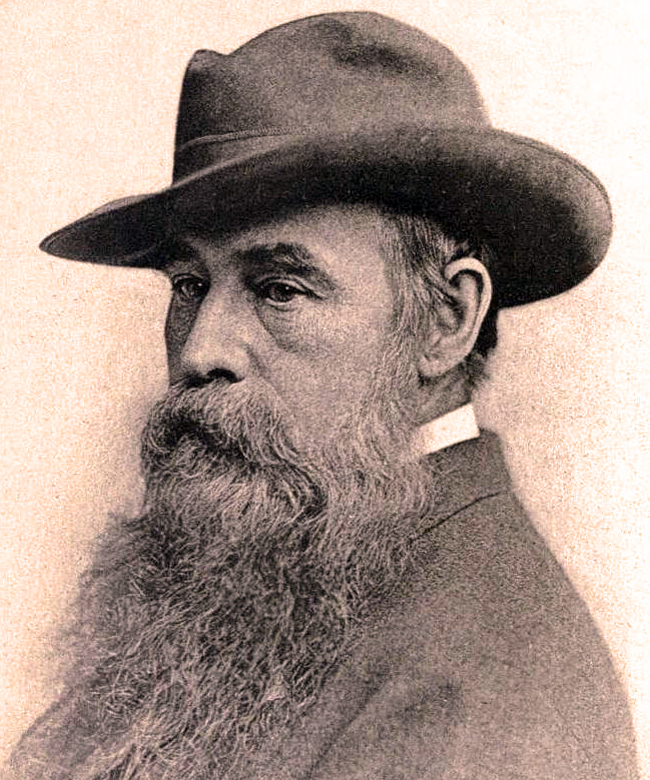
Il nostro Charles lavorava anche nel giornalismo (scriveva per Vanity Fair), viaggiava molto e si interessava al folklore e alla dialettica popolare, pubblicando libri e articoli su lingue e tradizioni popolari americane ed europee.
Ma è solo dopo aver ereditato i beni del padre che abbandonerà il giornalismo, preferendo il folklore, il misticismo e l’occulto in generale.
Leland raccontò una storia molto interessante: sembra che poco dopo la sua nascita la sua infermiera lo portò nella soffitta di famiglia e compì un rituale che prevedeva una bibbia, una chiave, un coltello, candele accese, soldi e sale per assicurargli una lunga vita come “studioso e mago”, un fatto che i suoi biografi hanno commentato come prefigurante il suo interesse per le tradizioni popolari e la magia.
Nei suoi viaggi studiò gli zingari, sui quali scrisse più di un libro.
Ma tra tutti i suoi capolavori vi consiglio di leggere:
1 – il suo libro più influente: Aradia, o il Vangelo delle streghe, contenente le credenze tradizionali della stregoneria italiana così come gli furono trasmesse in un manoscritto fornito da una donna di nome Maddalena (aneddoto su cui si dovrebbe fare un articolo a parte).
2 – Etruscan Roman Remains in Popular Tradition – un libro di magia pratica – ma dal sapore italiano.
Possiamo leggere come imparare i dettagli della divinazione con l’olio, il fuoco e il piombo fuso; forzare gli spiriti della natura a compiere favori e così via. Un altro accurato capolavoro in cui Leland include numerosi incantesimi, canzoni in italiano e fiabe. Qui attinge a fonti spesso oscure che collegano i suoi dati alle tradizioni pagane classiche e preclassiche, in particolare alla poco conosciuta religione etrusca.
Informazioni sull’uomo: Leland visse un’esistenza nomade, dobbiamo tener presente che questo genio era sia un razionalista che un romantico; un momento prima si scatena in uno sfogo anticlericale, il momento dopo rivela di essere stato iniziato alla stregoneria in tenera età da una tata olandese della Pennsylvania. In breve, non scrive per un rigoroso pubblico accademico, ma per i posteri perché, in quanto vittoriano progressista, Leland credeva che il modernismo avrebbe presto estinto queste preziose tradizioni.
Rimase in Italia fino alla morte avvenuta a Firenze nel 1903…
Ma avrebbe dovuto vivere per sempre.
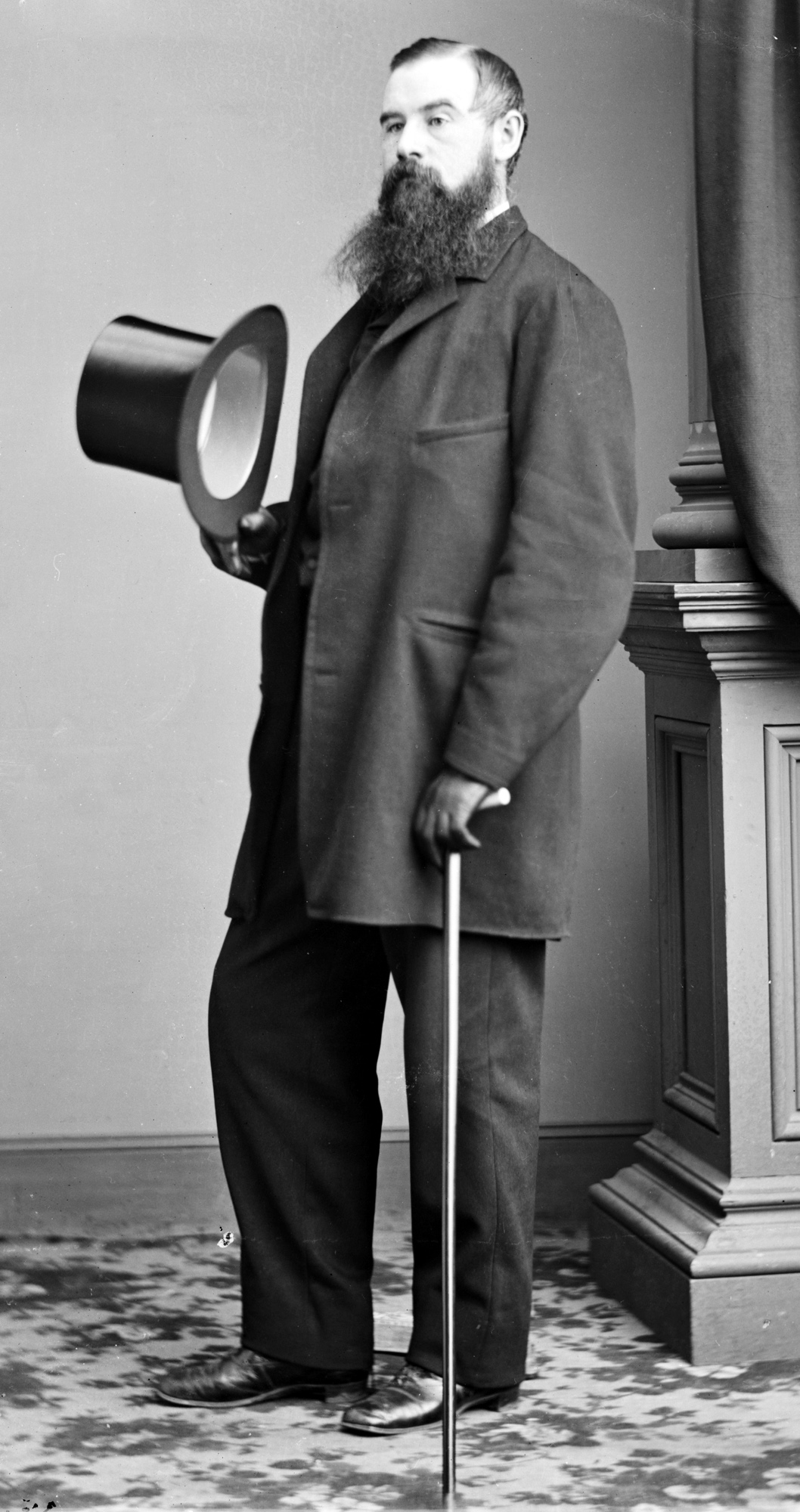
ENGLISH VERSION
Today we will talk about a very important scholar/hero, a writer that influenced the development of Wicca and modern paganism, the man who gave birth to the Gospel of the Witches: Leland. Charles Godfrey Leland was many things: he was an American humorist, poet, translator, writer, and folklorist born in Philadelphia in 1824. He studied at Princeton University and after college went to Europe to continue his studies, first in Germany and then at the Sorbonne in Paris.
He was found of the Old Continent, this is why he lived mostly in Italy and Germany after 1884.
During his schooling he studied languages, law and purs (yu)ued a variety of other interests, including Hermeticism , Neoplatonism , and the writings of Rabelais and Villon.
Leland was a pioneer of art and design education, becoming an important influence on the Arts and Crafts movement.

Our friend also worked in journalism (he wrote for vanity fair), travelled extensively, and became interested in folklore and folk linguistics, publishing books and articles on American and European languages and folk traditions.
But it’s only after inheriting his father’s estate that he will abandon journalism, preferring folklore, mysticism, and the occult in general.
Leland told a very interesting story: it seems that shortly after his birth his nurse took him to the family attic and performed a ritual involving a Bible, a key, a knife, lighted candles, money and salt to ensure a long life as a “scholar and a wizard”, a fact which his b(a)iographers have commented upon as foreshadowing his interest in folk traditions and magic.
In his travels, he made a study of the Gypsies , on whom he wrote more than one book.
But Among all his masterpieces I suggest you to read:
1 his most influential book: Aradia, or the Gospel of the Witches, containing the traditional beliefs of Italian witchcraft as conveyed him in a manuscript provided by a woman named Maddalena.
2 Etruscan Roman Remains in Popular Tradition – a book of practical magic- -but with an Italian flavor.
You can learn the details of divining by oil, fire and molten lead; force nature spirits to performe favors and ecc. Another accurate masterpiece where Leland includes numerous spells, songs in Italian and fairy-tales. Here he draws on often obscure sources which tie his data into classical and pre-classical pagan traditions, particularly the little – known Etruscan religion.
About the man: Leland lived a nomadic existence , we must keep on mind that this genious was both a rationalist and a romantic; one moment he is off on an anti-clerical rant, the next he is revealing that he was initiated into witchcraft at an early age by a Pennsylvania Dutch nanny. In short, he isn’t writing for a rigorous academic audience, but for posterity because as a progressive Victorian, Leland believed that modernism would soon extinguish these precious traditions.
He remained in Italy until his death in Florence in 1903…
But He should have lived forever.

